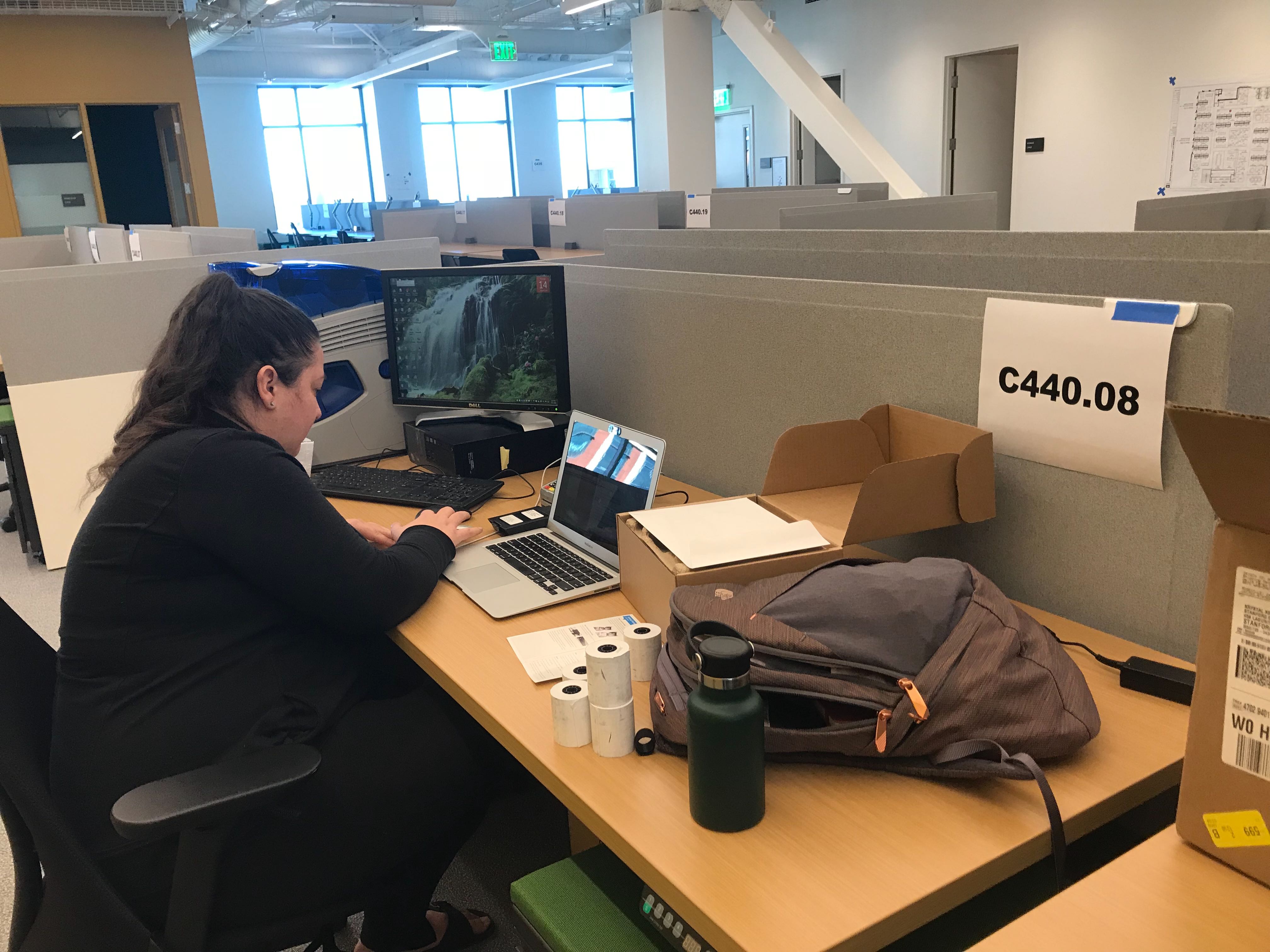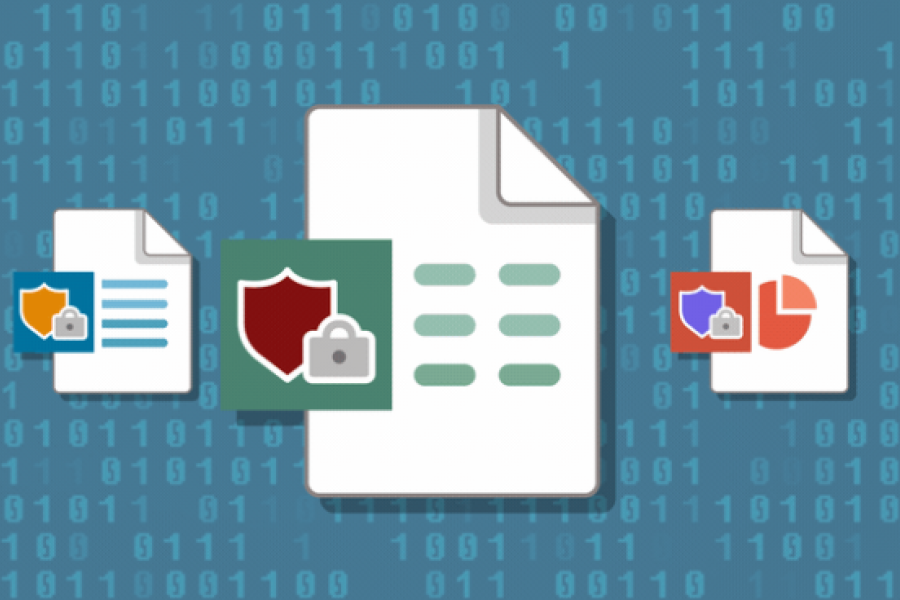The Stanford Redwood City (SRWC) campus is alive! In late March, ribbons were cut, doors were opened, and lights were switched on as Stanford’s administrative units began moving into the shiny new buildings.
This month, 353 University IT (UIT) staff members moved to the new campus, taking up residence in Cardinal Hall. In July, they’ll be joined by 49 more staff from our Service Strategy organization, who will move to Academy Hall.
Overall, UIT staff’s initial impressions about SRWC have been very positive. “The building and the campus are beautiful,” said one staff member. “The thought that went into the layout and design of our interior space and communal areas is noticeable and appreciated. Also, it’s nice sharing space with so many more teams in UIT.”
Those moving to Redwood City make up approximately two-thirds of our staff. The remaining one-third, or about 225 staff, will remain on Stanford’s historic campus and at SLAC to continue providing services, support, and infrastructure in those locations.
Read about which teams moved (or will move) and what it means for you »
Providing technical support and infrastructure in SRWC
 Coming to work at SRWC is a new experience for most UIT staff, but for some, it’s been the norm for awhile now.
Coming to work at SRWC is a new experience for most UIT staff, but for some, it’s been the norm for awhile now.
Workgroups in UIT’s Communications Services and IT Facilities, Enterprise Technology, and Service Strategy organizations have worked behind the scenes for months — or even years — to build and equip the new campus with IT infrastructure critical to its operations. This includes everything from card readers, wired and wireless networks, phone systems, printing and fax services, audiovisual equipment for meeting rooms, and more.
Workgroups designed and built a brand new set of core infrastructure capable of supporting the new campus now and well into the future. The SRWC network connects back to the historic campus on two geographically diverse 100Gbps network links. It also has its own internet connection and public telephone network connection.
Supporting staff during move-ins

Now that move-ins are underway, other UIT workgroups are positioned to provide direct support to staff during the move-in process. This includes setting up workstations and desktop equipment, addressing networking and firewall changes, assisting with migrations to the soft phone, and verifying door access.
Staff that print documents in SRWC will be among the first to experience Cardinal Print, a new managed print service with security, sustainability, and cost savings at its core. Teams from UIT and Financial Management Services (FMS) are piloting this new service at SRWC before rolling it out to the historic campus. Those who rely on fax for their job functions will experience Cardinal Fax, a new faxing service that allows one to create, send, and receive faxes directly from their inbox.
Driving collaboration and connection for distributed teams
A key area of focus surrounding the move to SRWC is keeping teams and individuals connected, whether in Redwood City, on Stanford's historic campus, or while working remotely or telecommuting. UIT supports this bold initiative in a number of ways.
From an infrastructure perspective, UIT met the business need of a highly collaborative and mobile-friendly campus by building the Wi-Fi network in SRWC more robustly than what is currently available on the historic campus. While a lot of time, money, and resources have been spent on making Wi-Fi on the historic campus as robust as possible, the SRWC Wi-Fi was implemented to have over five times the density than the typical historic campus buildings. Additionally, in order to support seamless roaming capabilities within and outside the buildings, teams installed wireless access points in stairwells and key outdoor areas.
Back on the historic campus, UIT teams are focused on increasing the total number of AV-equipped rooms to 240 by 2021, as part of the Campus Audiovisual Project. More AV-enabled rooms and enhanced video conferencing technology encourages virtual meetings, which decreases travel between the two campuses and supports our distributed workforce as more employees telecommute, work remotely, or use alternative worksites.
“Rich, deep, highly available and easy-to-use audiovisual connectivity at both Stanford and Stanford Redwood City is essential to the transition,” said Matthew Ricks, director of IT facilities management in UIT.
Finally, UIT offers many resources, tools, and services to help drive collaboration and connection among our distributed workforce. The Technology Toolkit for Telecommuting and Remote Work outlines these offerings. Notably, Stanford’s recommended Collaboration Tools are paramount to keeping staff connected and effective in their work, no matter where their “office” may be.
Learn more
To learn more about technology services at Stanford Redwood City, see technology resources and services available for SRWC employees.



